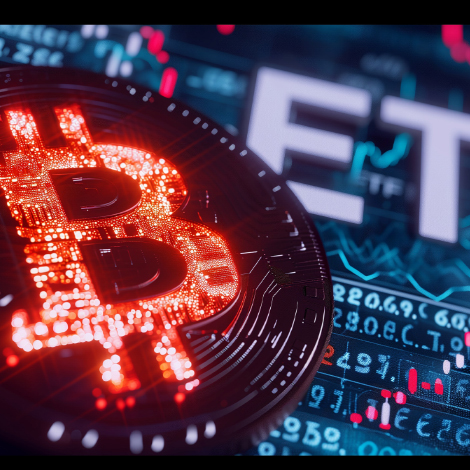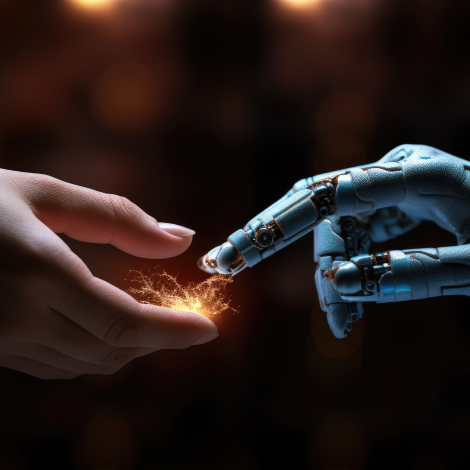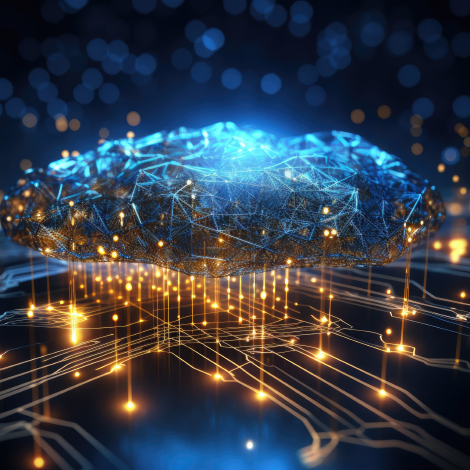30th anniversary of the NRI merger: Towards a quantum leap
#Management
Jan. 04, 2018
On January 4, 1988, the new Nomura Research Institute (NRI) was born out of the merger of Nomura Computer Systems and the former Nomura Research Institute. This year marks the 30th anniversary of this merger.
Maximization of corporate value through consulting and IT solutions
The two companies were merged to combine their two strengths—consulting, which involves identifying issues in society and industry and proposing solutions, and IT solutions, which provide the information systems necessary to come up with those solutions. Their goal was to use this combination to achieve rapid growth in the upcoming information age. Indeed, when they established their corporate philosophy in March 2000, in preparation for their entry into the First Section of the Tokyo Stock Exchange in December 2001, they listed as their business objective: to “maximize corporate value through consulting and IT solutions.” Recently, in light of a new industrial revolution centered around IoT, big data, and AI (artificial intelligence), the true meaning of the NRI merger has once again come into question.
Looking for the answers in an explosively expanding pool of data
With the progression of the new industrial revolution has come the accumulation of immense amounts of data, gathered from IoT equipment like mobile devices and sensors. A year’s worth of social data in 2000 is equivalent to a day’s worth of data now, and by 2020 will be equivalent to just an hour’s worth of data. The number of sensors in the world is also expected to exceed one trillion by 2020. If we are able to make effective use of this varied and detailed pool of data, we will be able to understand the inner workings of our society and of industry, and be able to provide quick and effective solutions to various issues, through things like data analytics and processing.
In order for us to be able to sift out the useful information from this explosively expanding pool of data, we need the ability to be able to process this data. Though the computational ability of CPUs is increasing exponentially (in accordance with Moore’s Law), the amount of data in existence is increasing even faster—so much so that the latest supercomputers cannot process it all. The focus has thus shifted to quantum computers. Quantum computers are just now about to enter the stage of practical implementation, and are beginning to show their strength in solving combinatorial optimization problems, in which systems must select the most appropriate answer out of an immense number of choices.
What will quantum computers allow us to do?
But what exactly are quantum computers, and how are they different from computers in the past? Quantum computers are based on the field of quantum mechanics, which, alongside the theory of relativity, is known as the pinnacle of 20th century science and technology. Through the utilization of “quantum behavior,” which does not adhere to the laws of physics (Newtonian mechanics and electromagnetism) that govern the rest of the world, human beings have been able to create computers with much higher parallel processing ability than before. Quantum particles refer to the atoms that make up matter, as well as the even smaller subatomic particles (electrons, neutrons, protons) that make up atoms, and, like light, are characterized by both particle and wave properties. Particles are matter whose existence or non-existence is clearly defined, and are digital, or in other words, quantifiable.
Waves, on the other hand, are continuous and not discrete. They cannot be quantified, and are thus analog. Quantum particles are characterized by both these digital and analog properties. Computers until now have used digital bits—zeroes and ones—as their basic processing units. As their computational ability has improved, they have been able to process high volumes of data at high speeds. Quantum computers, on the other hand, have added onto this digital property the analog property that characterizes quantum particles, and in doing so has allowed these computers to utilize even the state of the bits (zeroes and ones) as basic processing units. This increases the number of basic processing units dramatically, and gives these computers a higher processing ability.
Towards a quantum leap: Combining digital and analog properties
As we discuss options to strengthen our company’s capabilities, this quantum computer technology, which combines the digital and the analog to provide dramatic increases in processing power, provides us a plethora of suggestions. For instance, our IT solutions business, which makes up the majority of our business, could be considered digital, and our consulting business analog. The former is a business that deals with information systems that utilize computers. The goal of information systems is to process data and produce the correct results. It is easy to see whether something is a 0 or 1. Consulting, on the other hand, deals with a world in which 0 or 1 is not always obvious, where the correct answer is unclear—whether it be in the field of policy, or management. Analog measures are necessary to solve issues in this kind of field.
Until now, the growth of our company, particularly in this information age, has depended on the digital aspect of our IT solutions business. As we venture further into the new industrial revolution, however, the environment around us will change even more rapidly, with even more diversity than before. There will be more and more issues facing our society and industry, and there will be a point where we will not be able to keep up simply by improving upon the digital methods we have used thus far. In order for us to make our quantum leap into the future, we must use this opportunity—the 30th anniversary of the NRI merger—to combine the analog quality of consulting and our digital base even more intimately.
NRI Research Paper Knowledge Creation and Integration January, 2018







